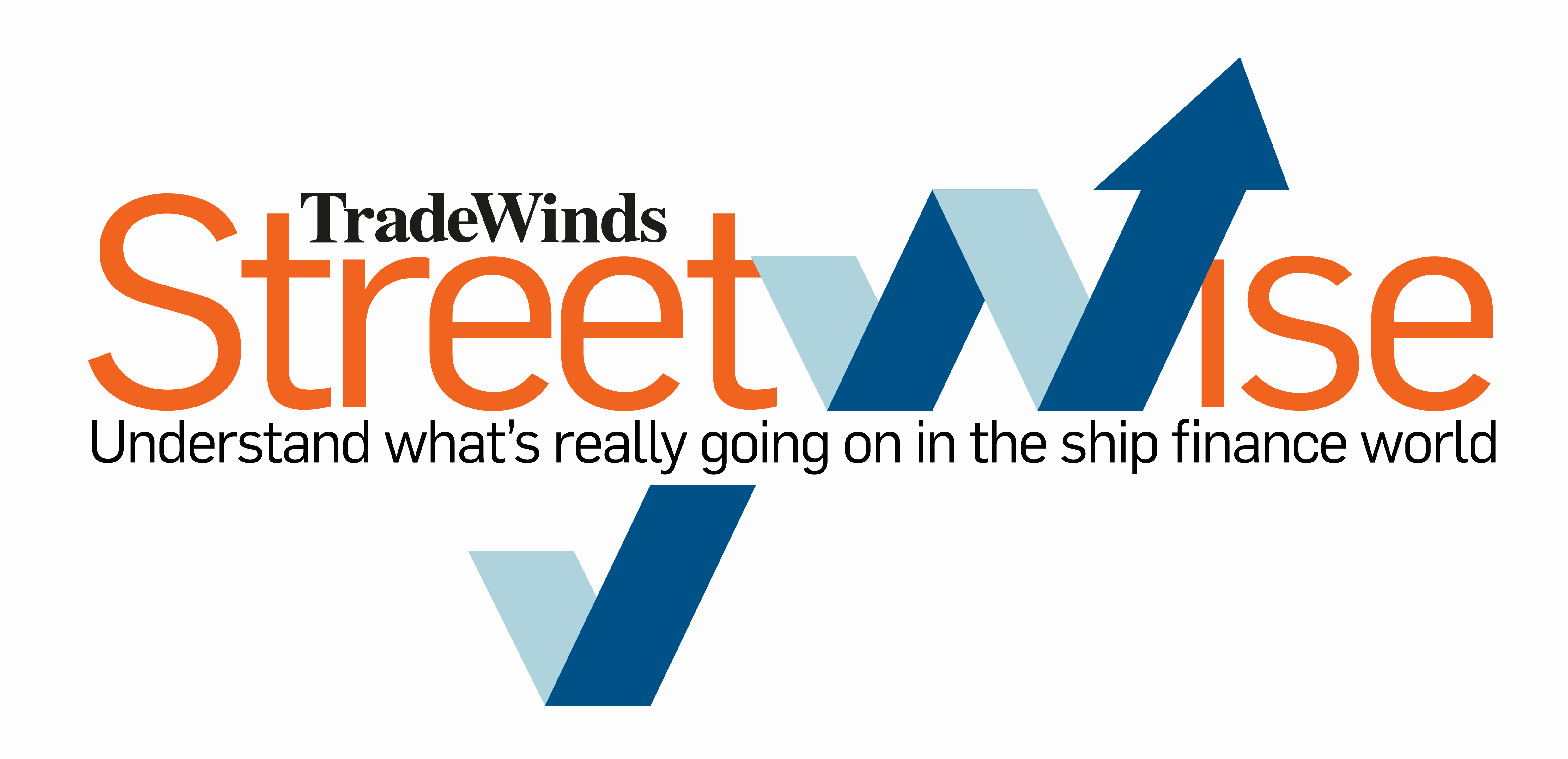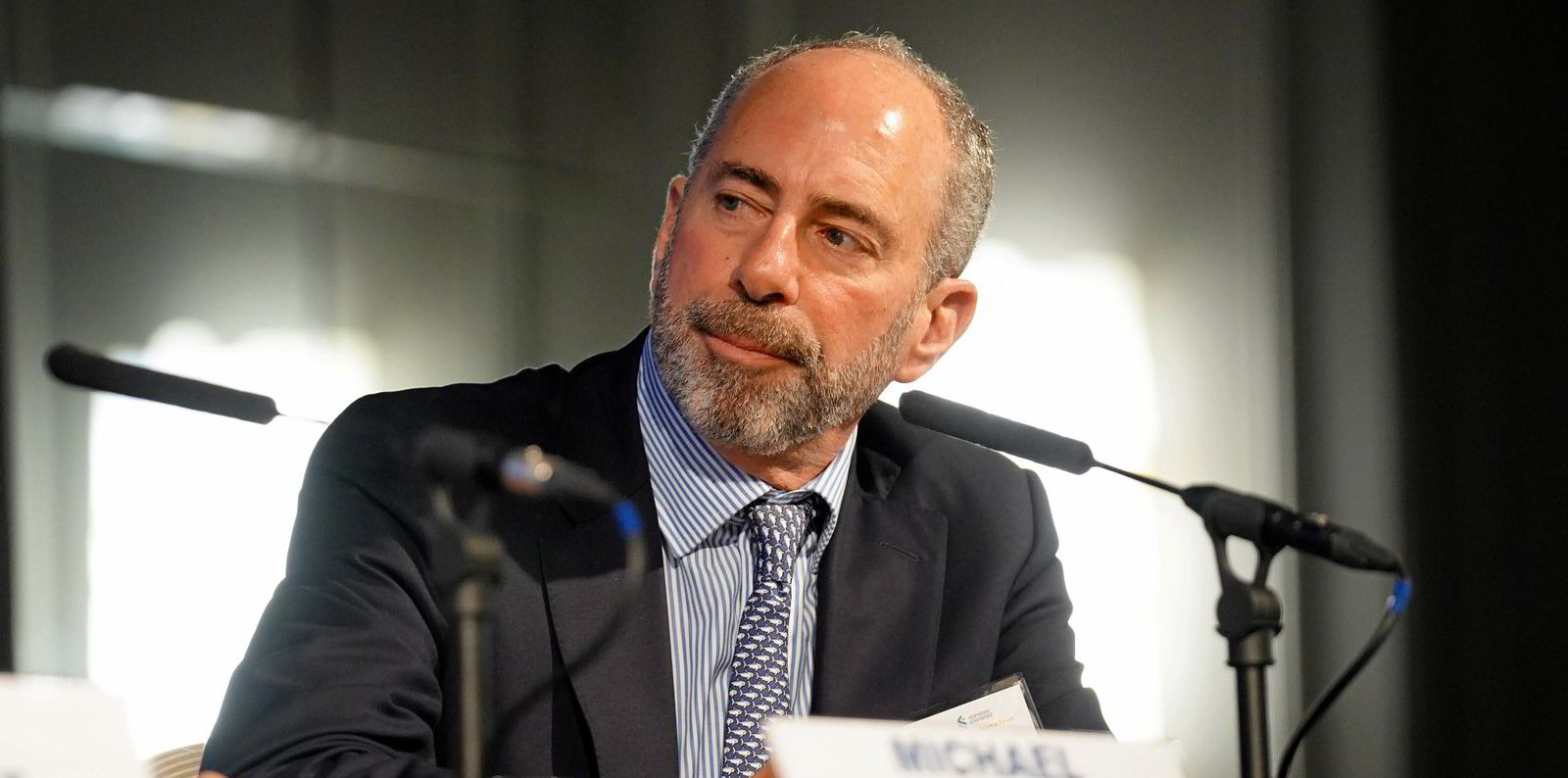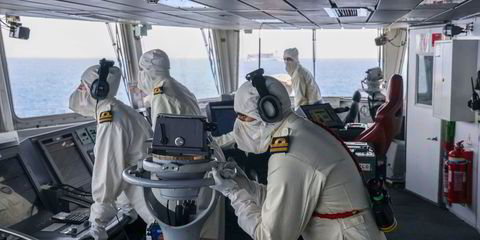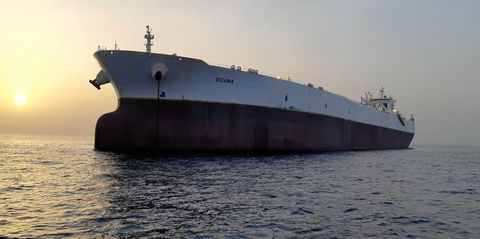A different year, a different vibe for Ardmore Shipping at the product tanker owner’s annual investor day in New York on Thursday.
Consider: its February 2023 session at the posh University Club in Manhattan felt like something of a coming-out party for an outfit that had gone through its struggles over a decade in public markets.
The Ireland-based company was coming off a 2022 in which it was the top performer of all US-listed shipping stocks with a 326% return.
It was a record year for profitability. Ardmore had just reinstated a quarterly high-payout dividend, crushed analysts’ earnings expectations for the prior quarter and soared to a record share price of $18.50 on nine times its normal trading volume.
This time? Well, Ardmore didn’t match that stock performance in 2023, losing about 2% on the year. Its full-year profit was down about 16%. This time it matched analysts’ earnings bets, and the stock was down 1.5% to $16.
Less euphoric? Sure. But being a product tanker company in the midst of what may prove a multi-year bull run, well, it was still a pretty good time to be Ardmore Shipping.
“A year ago, we were very excited, but we were also thinking we didn’t know when this was going to be over,” chief executive Anthony Gurnee told a crowd of investors and equity analysts at this year’s session.
“Now we’re settling in and we’re getting used to making $35,000 a day. We like where we are.”
The Cork-based company with its fleet of 26 product and chemical carriers continues to reap the benefits of a market that is driven by favourable supply-demand fundamentals and the twin disruptions of Red Sea terror attacks on shipping and Russia’s war on Ukraine, not to mention restrictions on Panama Canal transits.
So Gurnee gets to talk about topics such as how long this bull cycle might yet have to run, rather than how the owner will deal with liquidity concerns, as was the case in weaker markets.
While Gurnee was guarded on that question, he suggested that the current cycle bears similarities to past boom periods that have lasted as long as four to six years.
“Mark Twain said history doesn’t repeat itself, but sometimes it rhymes. There are some interesting parallels,” he said.
“There’s a general view that this feels like it could go on for another couple of years. Nobody knows how it’s going to end. It could even have another three to four years to go. It seems like a really good set-up.”
One interesting element of discussion was Ardmore’s commentary that it is proceeding with the installation of exhaust-gas scrubbers that will cover more than half of its fleet, with most dry-dockings to be completed this quarter.
The discussion came one day after its larger rival Scorpio Tankers — which is also an investor in Ardmore — said it was dropping plans to install the devices on 11 tankers, still leaving it with 86 fitted on a fleet of 111.

Scorpio cited a variety of factors, including the opportunity cost of missing trading days in this market, lower fuel-cost spreads between high-sulphur and low-sulphur variants, and possible vessel sales.
Gurnee repeated previous comments that Ardmore didn’t choose scrubbers ahead of the IMO 2020 carbon-cap deadline because it was stretched financially and opted to buy a ship instead.
“The installation time is a fraction of what it has been, and they can be upgraded to incorporate carbon-capture technology,” he told investors.





